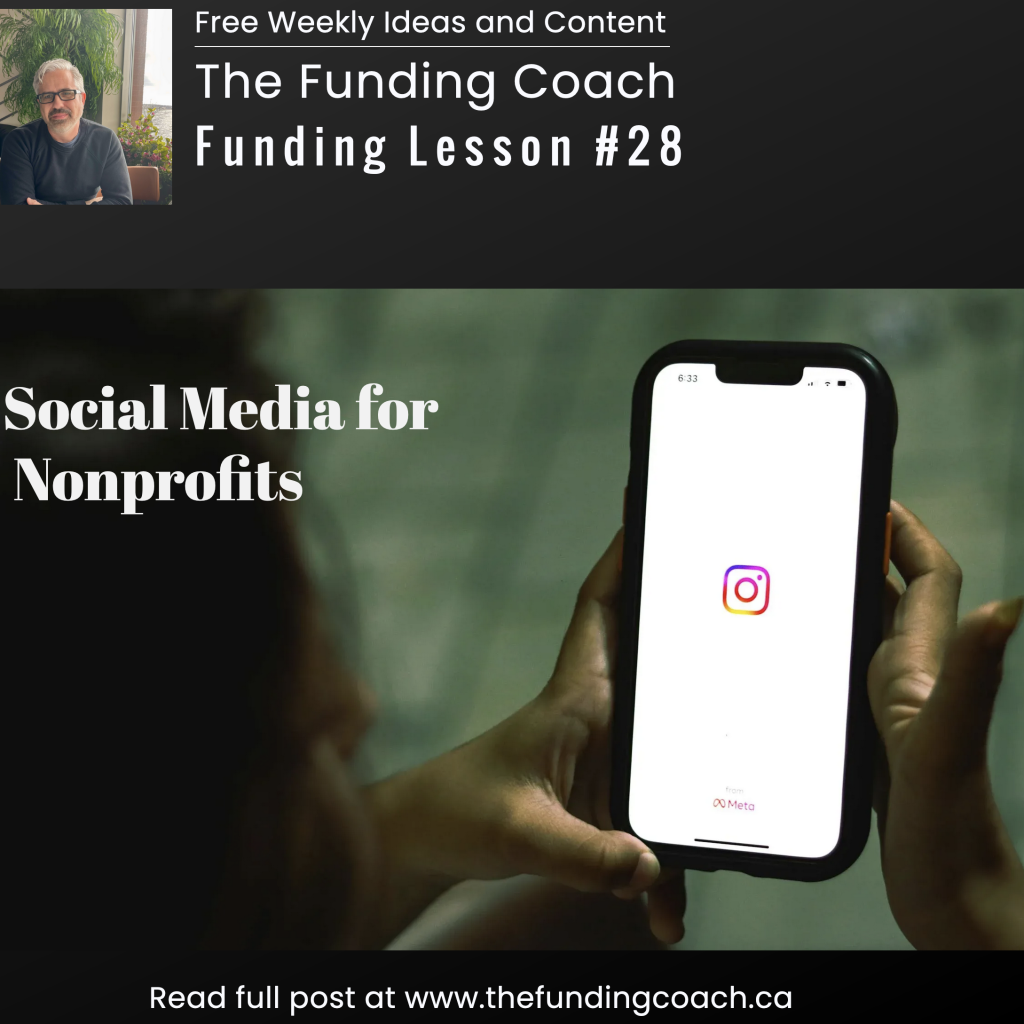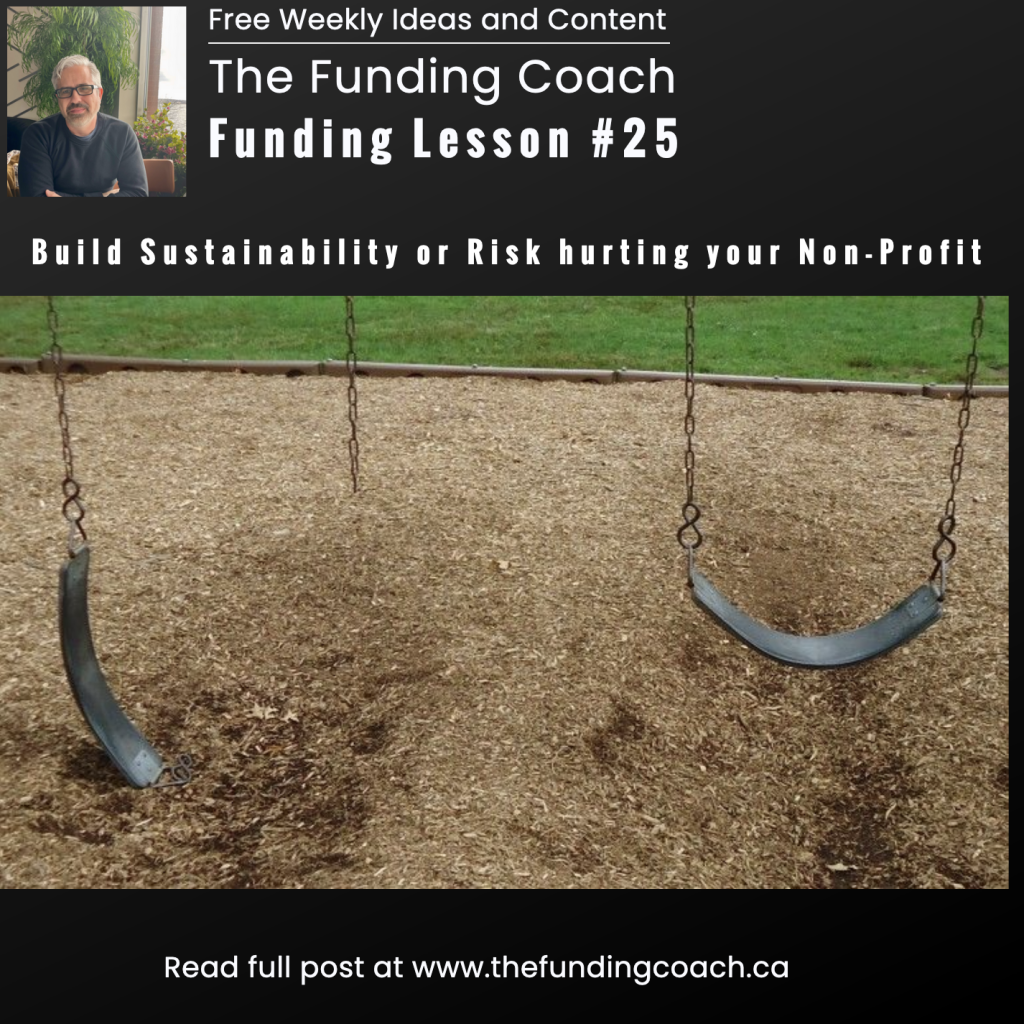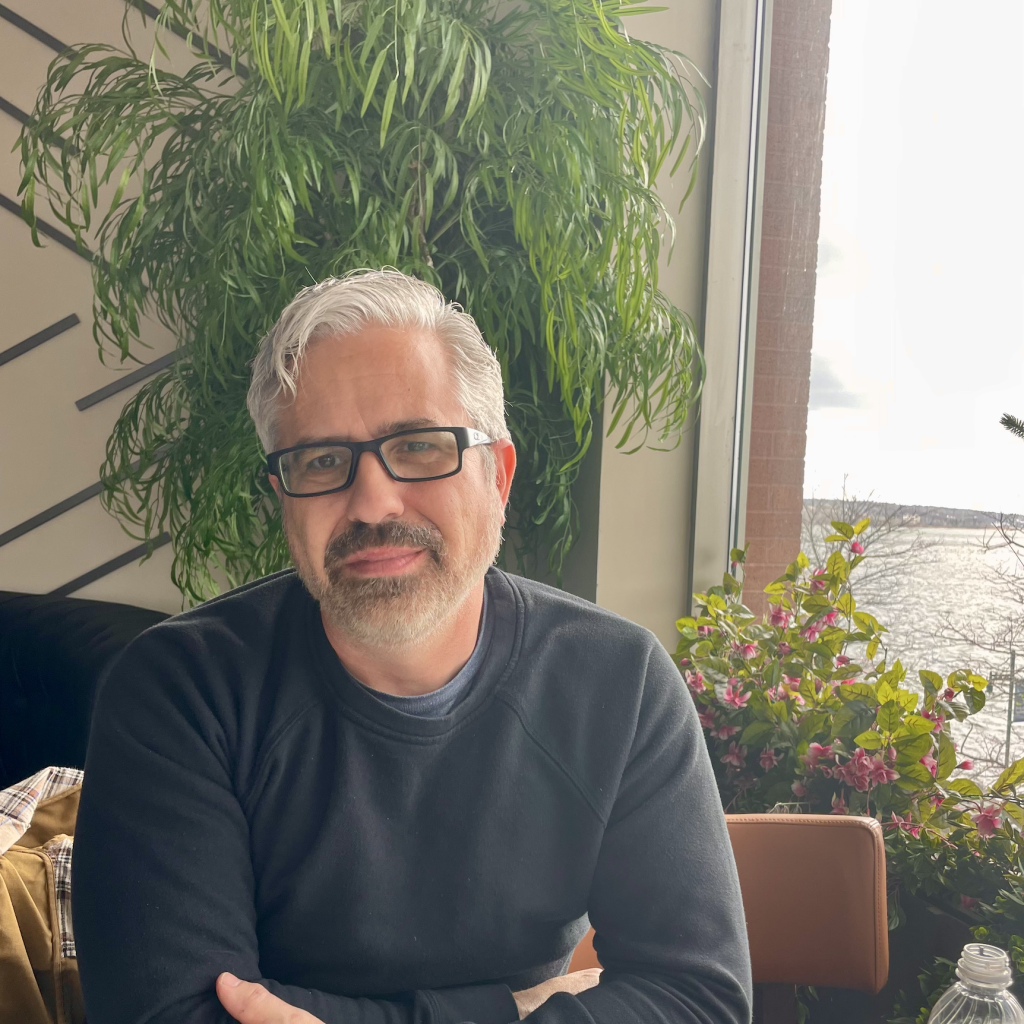
Buildings cost money. They cost to build, maintain, heat, clean, staff—and that’s before you even account for the many unexpected expenses that always seem to arise. For many nonprofits, faith communities, and mission-driven groups, having a dedicated space is essential to fulfilling their purpose. But too often, the financial burden of owning or maintaining a building becomes overwhelming—draining resources, limiting impact, and in some cases, sinking the organization altogether.
It can feel like a never-ending struggle to cover these costs through donations, fundraisers, or offerings. And the truth is, it is never-ending—unless something changes.
Many groups have started finding creative solutions by reimagining how they use their space. Every building and situation is different, but almost every space holds untapped potential. These changes aren’t just about cutting costs—they’re also about expanding mission, deepening community connections, and creating new paths for impact.
Across the country, nonprofits and faith communities are turning their biggest expense into their greatest asset. Unfortunately, these conversations often don’t happen until an organization is in financial crisis—or not at all, which can lead to closure. But it doesn’t have to be that way.
Reimagining Your Space can:
- Bring more of your community into your building
- Attract like-minded partner groups to share space and resources
- Create new funding opportunities and earned income streams
- Make your space eligible for grant funding
- Increase sustainability and long-term stability
- Turn underused areas into vibrant, multi-use spaces
It is possible to have a building that pays for itself—or even generates surplus income. Yes, it takes intentional planning and work, but compared to the endless cycle of fundraising, it can be far more effective and empowering.
These are big conversations, but they’re worth having. If your organization, faith community, or nonprofit is interested in exploring how to Reimagine Your Space, let’s talk. I’d love to help you see the possibilities.









